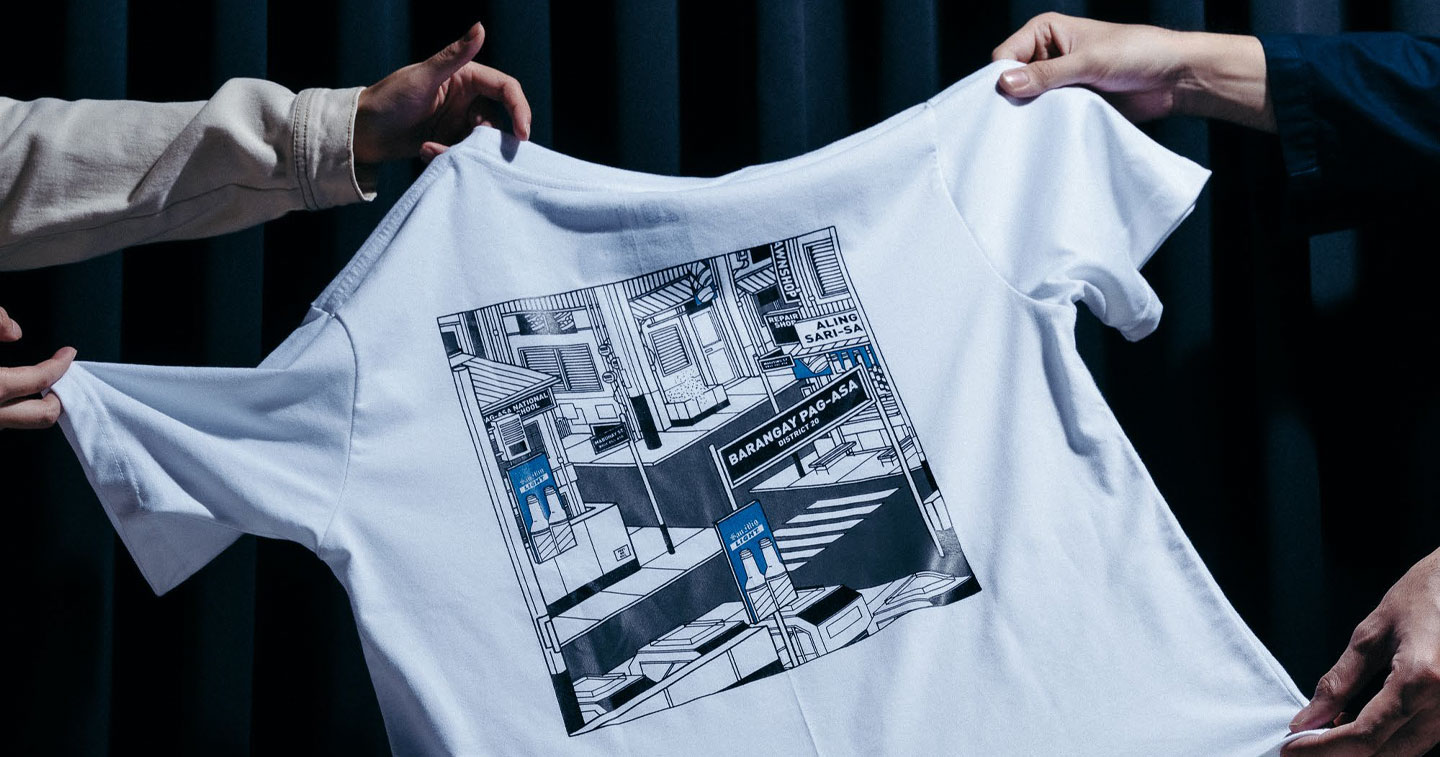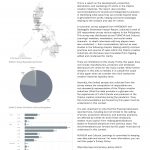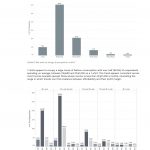MANILA, PHILIPPINES – The recent shift in content consumption has given importance to accessibility and approachability—leading to the rise of short form content which comes in different ways like bite-sized articles and listicles. However, despite the popularity of this type of content, there exists a need for one that probes deeper—with concepts and ideas that are explained thoroughly in detail, with insights and data backing it up allowing for an extensive discussion instead of merely simplifying them.
This need providing in-depth content that provides analysis and insights that can be vital to any reader is exactly what PURVEYR picked up on. Thus, the PURVEYR Insight Paper came about. Borne out of the thought that depth and better understanding of concepts, issues, and ideas can only be experienced through dedicating more thought, effort and focus into it, PURVEYR Insight Paper is a bi-annual report about the Filipino creative industries. It aims to provide an in-depth exploration that can be helpful to the growth of industries, communities, enterprises, and more.
The inaugural issue was written by cultural reporter Sai Villafuerte whose work has appeared on numerous publications like Vice, Munchies, CNN, and Huck. She earned her MPhil in International Development at the University of Oxford. There, she conducted research on how the Internet affects learning in the Filipino creative industries. Currently, she is the curator of Cultural Learnings, a newsletter on Substack and radio show on Manila Community Radio every Wednesdays at 5PM.
The full PURVEYR Insight Paper is available at shop.purveyr.com
The first PURVEYR Insight Paper is an in-depth overview of the development, production, distribution, and marketing of t-shirts in the Filipino creative industries. The report includes insights from a nationwide consumer survey, as well as interviews with key players in the industry. The report also provides recommendations for brands and independent producers to identify new sources of value, helping overcome challenges relating to the creation and sale of t-shirts.
Why probe on t-shirts, specifically? Being the fashion industry’s most democratic garment, t-shirts act as an effective “medium for a message,” a description first dubbed by The New York Times in 1973. In doing so, how t-shirts are made raise interesting questions on its role beyond a consumer product.
The Filipino garment industry, of which t-shirts are a central part, was once valued at $3 billion. However, it has been in decline since the early 2000s — from $2.3 billion to $1.2 billion worth of exports between 2005 and 2016.
This decline is largely attributed to a move made in 1995 when quotas and tariffs on garment exports were removed, phasing it out completely by 2005. Following colonial independence, many developing countries relied on quotas and tariffs for additional revenue to grow their industries.
Many viewed this removal as an opportunity for innovation, levelling out price competition globally. In the Philippines, it downsized or outright closed many of its garment manufacturers. The country lacks ample sources of domestic fabric and the removal of these incentives meant imports for raw materials were costlier. For example, during the height of its production in the 1990s, the country had 38,000 hectares of cotton crops. Today, just 1,000 hectares exist nationwide. The Philippines currently imports all the cotton required for local textile production, being cheaper than locally produced cotton.
With fluctuations in supply undermining Filipino garment production, local t-shirt brands and producers are turning to the creative industries for new sources of value.
The Filipino creative industries are among the top ten exporters for creative goods in the developing world, valued at $1 billion in 2015. Its growth signifies a pivotal period where knowledge and expertise, not only products, help people earn a living.
“T-shirts are a medium for your message. For creatives who want to tell a story, a t-shirt is a very easy and accessible medium to use,” said Jowee Alviar of Team Manila in an interview. Team Manila is a Filipino design studio, often associated with the local graphic t-shirt boom in the early 2000s. Recently, they partnered with two other groups on a sewing facility to develop and cut their own t-shirt blanks – a testament to their rapid growth over the years. As its creative director, Alviar places substantial value on knowledge and expertise – the combination of which is creativity.
Currently, there are efforts by the Creative Economy Council of the Philippines and the British Council to map out the Filipino creative industries. This signals a major shift in what we consider to be part of the economy and, thus, a source of growth.
With the pandemic disrupting 70% of garment exports from the Asia-Pacific – a region comprising 75% of garment workers worldwide – t-shirts are at the crux of a divisive debate on the sustainability of the environment and people’s livelihoods. The Filipino creative industries have the potential to add new forms of value by feeding new knowledge and practices into infrastructures requiring solutions to modern problems.
“I view it positively,” said Vince Javier, creative director and co-founder of Don’t Blame The Kids (DBTK) – a streetwear brand with a strong cult following since its inception in 2012. “For DBTK, we appreciate the opportunity to inspire other people to create their own brands.” Javier also believes the proliferation of creative brands is developing a market that is more geared towards quality rather than quantity. “The industry is expanding because of this … People are starting to better understand the processes behind a product and the values attached to that.”
After all, t-shirts always embodied a modern vision: apparel that held the body without safety pins, needles, threads, or buttons. It is a cultural object—one that, since its invention, was always subject to reinvention.
For more information visit: https://shop.purveyr.com














